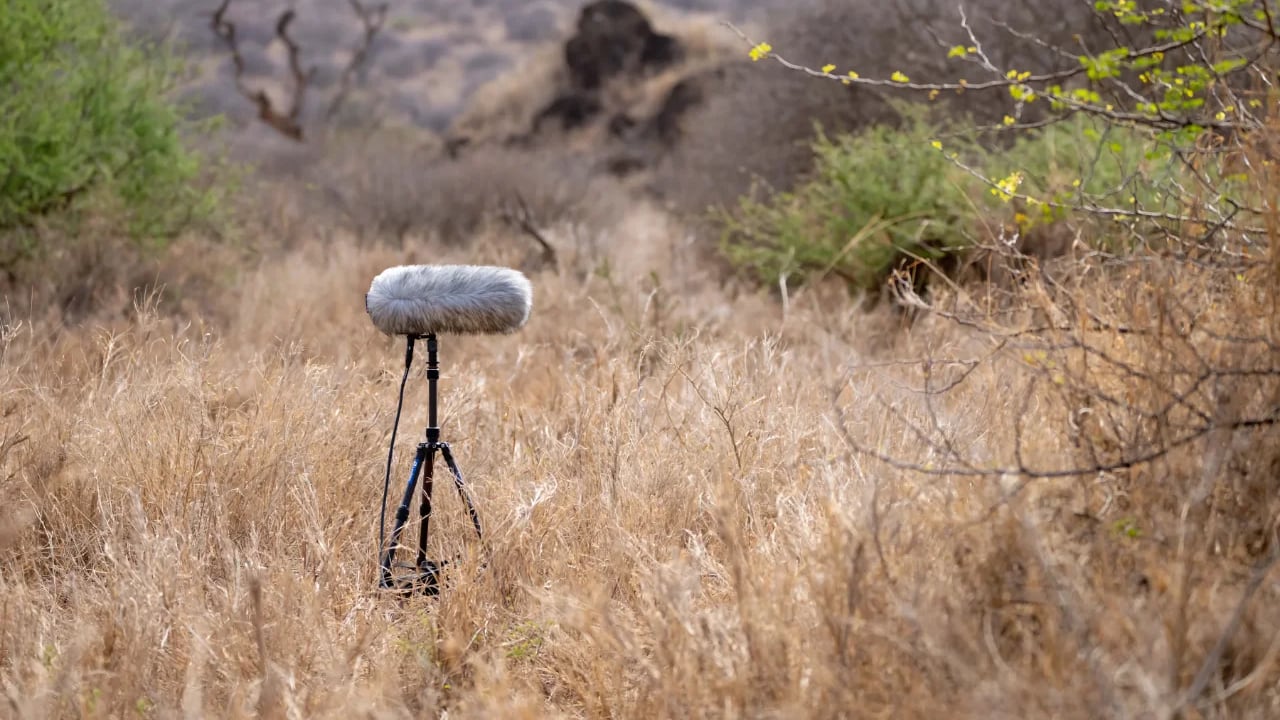
Plenty of IBC2023 news from Sennheiser, headed by a preview of its new MKH 8030 RF condenser microphone with figure-of-eight pick-up pattern.
Difficult to really choose a highlight on the Sennheiser stand (8.D50), but we'll start with the new MKH 8030 because, well, it's new. The company says that it will not only unlock M-S, double M-S, and Blumlein stereo recording options but will also be a great choice wherever the highest attenuation of neighbouring sound sources is required – be it a PA system whose sound needs to be eliminated or an adjacent instrument that must not be picked up. And, of course, the sound signature of the MKH 8030 has been carefully engineered to blend in harmoniously with the sound of the existing MKH 8000 series microphones.
Indeed, the MKH 8030 shares the qualities of the MKH 8000 family and its RF condenser principle with the unique push-pull transducer. These include high resistance to moisture, a fully floating, balanced output signal, extended low and high-frequency response (30 to 50,000 Hz) and extremely low inherent self-noise. These features will enable sound recordists and engineers to capture a sound event in its entirety and with all its intricate detail, with wide dynamics, extremely low distortion, and a frequency-independent polar pattern to avoid colouration.
Pre-orders are open now with delivery expected in Q2 2024. Price is $1499, which includes an MZW 8030 foam windshield, an MZQ 8000 mic clamp and two Rycote back-to-back clips to create mic pairs.
Meanwhile, the company also has a new filter module for the MKH 8000 RF condenser series. For broadcasting and filming, the new MZF 8000 II effectively blocks low-frequency wind and handling noise for audibly better recordings and ensures the input stage of connected recorders does not get overdriven. The filter module has been redesigned incorporating user feedback and will replace the current model.
And lastly, and reflecting the growing importance of spatial audio for live broadcasting, especially sports, the AMBEO 2-Channel Spatial Audio live renderer will be available as a plugin for Merging Technologies’ Anubis audio interface in Q4 2023. This live renderer plugin transforms, in real-time, standard multichannel surround and immersive formats into two channels of audio that can be delivered anywhere stereo is delivered today. Patented controls, adapted for use in a broadcast environment, allow for fine-tuning of spatialisation settings to maintain mix integrity and improve dialogue intelligibility over stereo mixdowns.


Comments